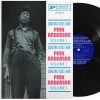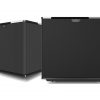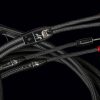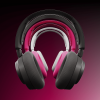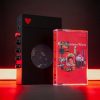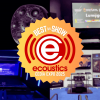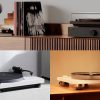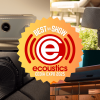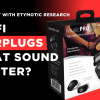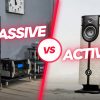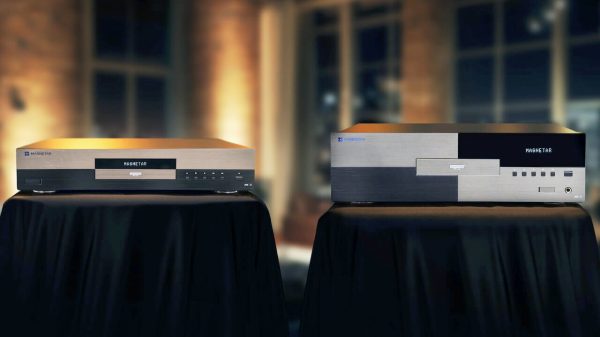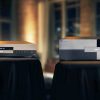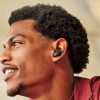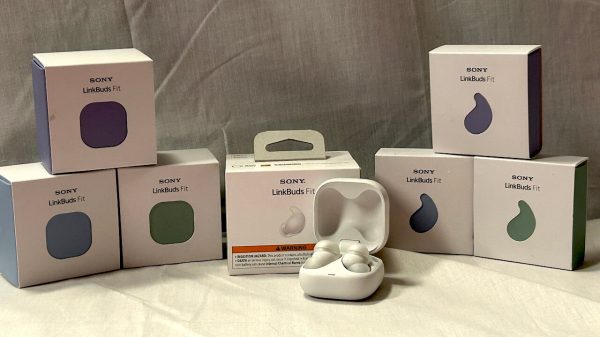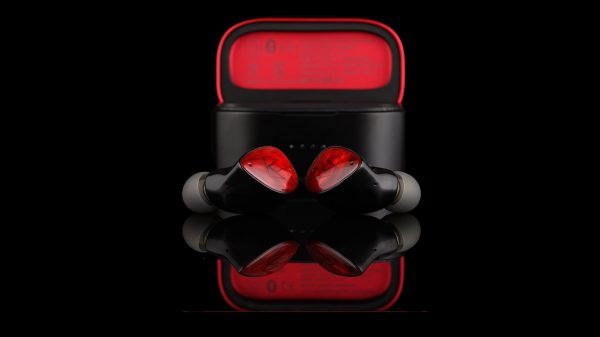Sr. Headphone Editor, W. Jennings, speaks with eCoustics Founder, Brian Mitchell, about the various ways wireless audio works over Bluetooth.
The Bluetooth standard has gone through many iterations over the years. Currently, the Bluetooth version is up to 5.4.; but that only tells part of the story.
Sending audio over Bluetooth requires music to be encoded/decoded between the source and receiving devices. This is typically handled by one of two audio codecs that are part of the Bluetooth specification: SBC or LC3. Each uses lossy compression to ensure digital audio can neatly fit in within a Bluetooth wireless “pipe.”
Standard Codecs
SBC (Subband Codec) debuted in 2003. It was the original way audio was sent over Bluetooth. It is now referred to as Bluetooth Audio Classic and nearly every Bluetooth device is able to use this method as a fallback.
LC3 (Low Complexity Communication Codec) arrived in 2020 with Bluetooth 5.2. It may be referred to as LE Audio. “LE” stand for low energy. LC3 is more advanced than SBC and should offer higher audio quality.
Proprietary Codecs
There are numerous proprietary audio codecs which claim improvements in a number of areas; faster data rates, lower latency, and lower energy rates. Consumers are familiar with AAC (Apple), aptX (Qualcomm), LDAC (Sony), LHDC (Savitech), and the Samsung Seamless Hi-Fi Codec.
The downside of the proprietary codecs is that they are brand specific and often only work within a single brand. They also require licensing fees, which can add to the cost of products, if third-party brands decide to support them.
Why is Bluetooth Audio Not Lossless?
Despite all the available audio codecs, the bandwidth available over Bluetooth is not fast enough to consistently transmit at 1.411 mbps, which is the speed required to transmit Red Book CD at 16-bit/44.1kHz losslessly.
Let’s take a deeper look at Bluetooth in 2023 and where it might be in a few years.
Watch the full video on YouTube or click play above.

